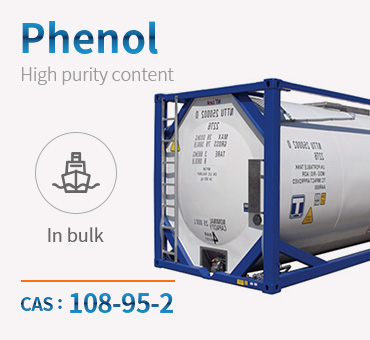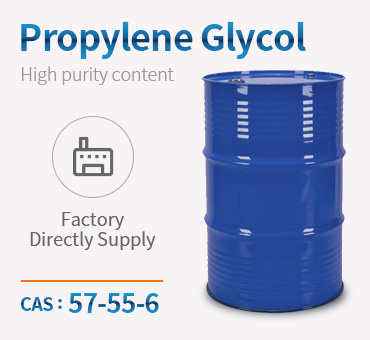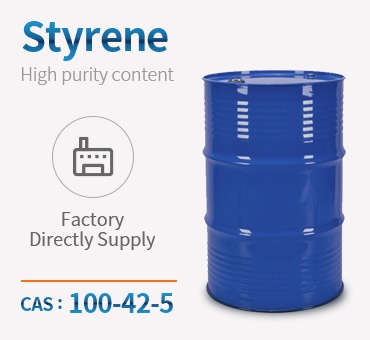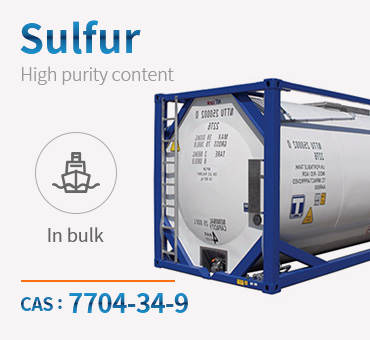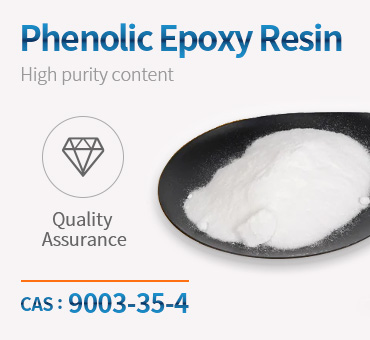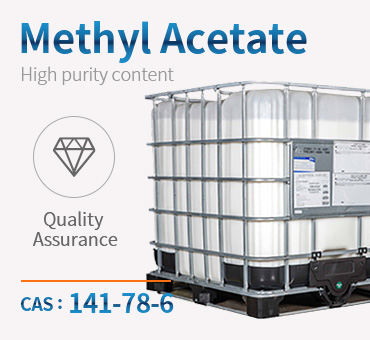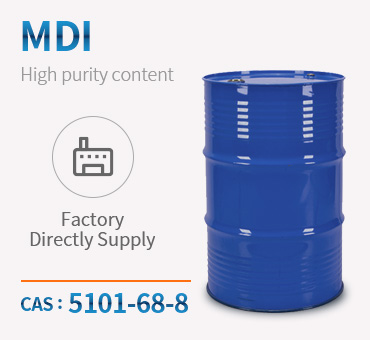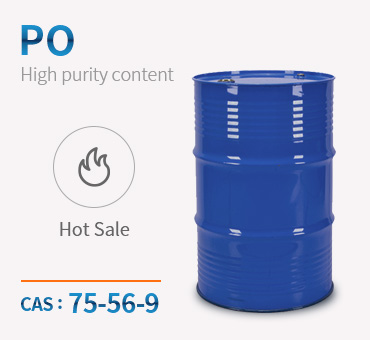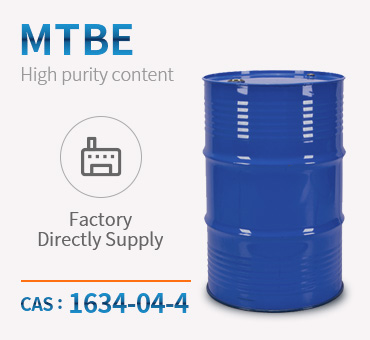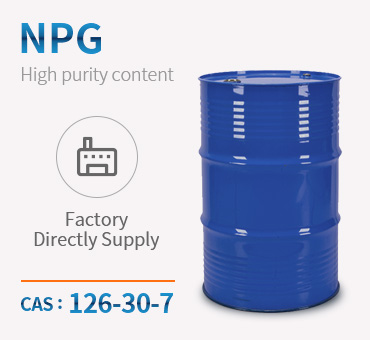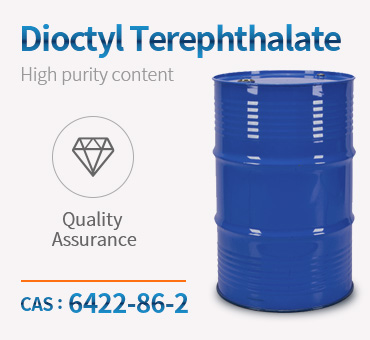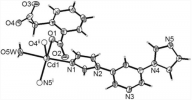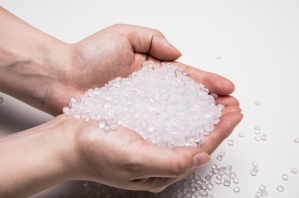phenol
Phenol is an important organic chemical raw material, widely used in the production of phenolic resin and bisphenol A, in which bisphenol A is important raw material for polycarbonate, epoxy resin, polysulfone resin and other plastics. In some cases the phenol is used to produce iso-octylphenol, isononylphenol, or isododecylphenol through addition reaction with long-chain olefins such as diisobutylene, tripropylene, tetra-polypropylene and the like, which are used in production of nonionic surfactants. In addition, it can also be used as an important raw material for caprolactam, adipic acid, dyes, medicines, pesticides and plastic additives and rubber auxiliaries.

